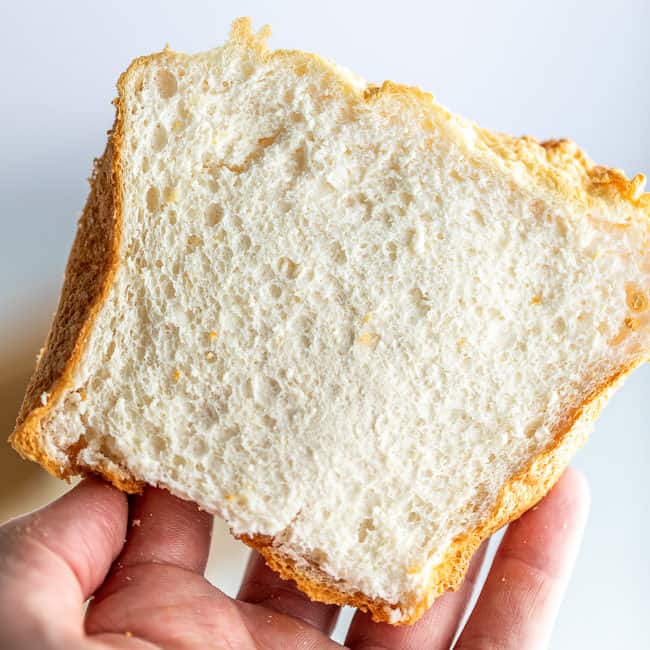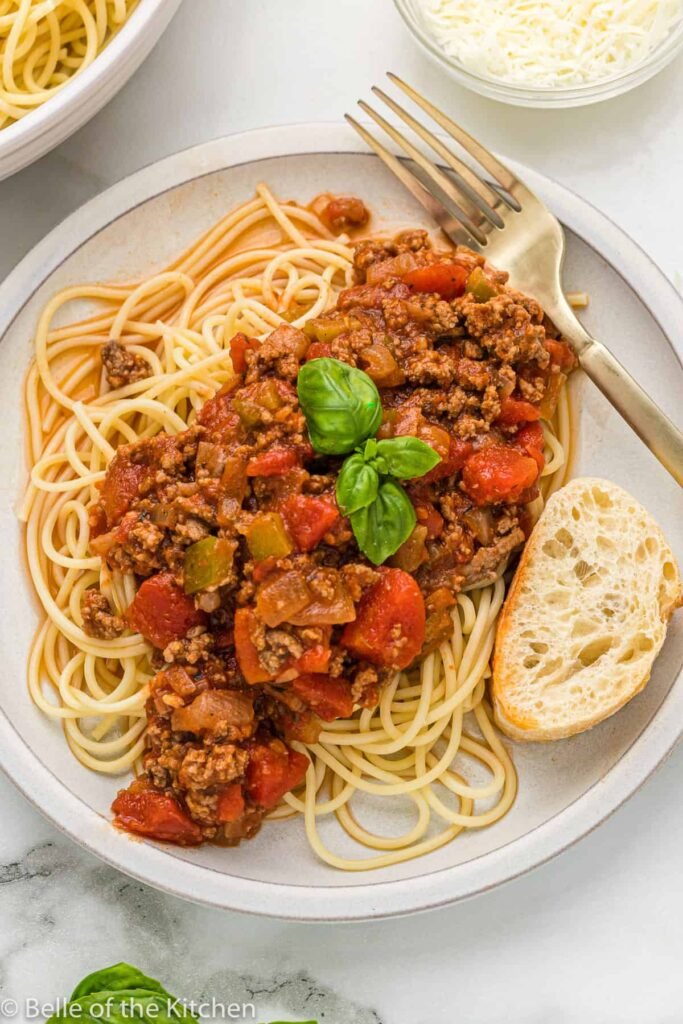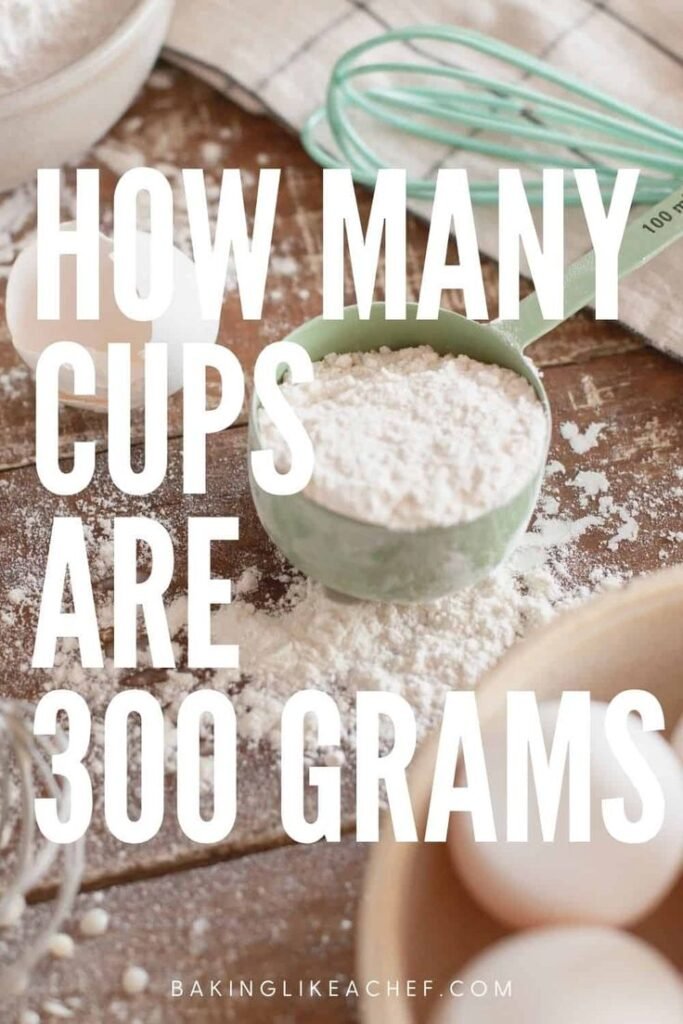White bread typically does not contain eggs. Most recipes use flour, water, yeast, sugar, and salt.
White bread is a staple in many households. It offers a versatile base for various meals, from sandwiches to toast. While some specialty bread recipes may include eggs, standard white bread usually does not. This makes it suitable for those with egg allergies.
Reading ingredient labels is crucial to ensure no hidden allergens. White bread’s simple ingredients contribute to its soft texture and mild flavor, making it a popular choice. Its ease of preparation and affordability add to its widespread consumption. For a classic, egg-free option, white bread remains a reliable choice. Always verify ingredients for any specific dietary needs.
Introduction To White Bread
White bread typically does not contain eggs. Basic ingredients include flour, water, yeast, and salt, making it egg-free. Always check the label for specific recipes.
Common Ingredients
White bread is a popular food. It is made from refined wheat flour. This flour gives it a soft texture. Bakers use yeast to help the bread rise. Salt is added for flavor. Sugar is sometimes used for sweetness. Some recipes include milk or water. Fats like butter or oil make the bread soft. Eggs are not usually in white bread. Some recipes may include them, but it is rare. Always check the ingredients list on the package.
Historical Background
White bread has been around for centuries. Ancient Egyptians were among the first bakers. They used yeast to make bread rise. In the 1800s, modern white bread became popular. Factories started making it. This made white bread more common. Today, many people enjoy it. It is often used for sandwiches. Some prefer it toasted with butter. White bread has a long and interesting history.

Credit: www.fatforweightloss.com.au
Nutritional Profile
White bread usually contains about 70-80 calories per slice. The exact amount may vary by brand. It’s important to check the nutrition label.
White bread is primarily made of carbohydrates. Each slice has about 14-15 grams of carbs. It also contains a small amount of protein, usually 2-3 grams per slice. The fat content is very low, often less than 1 gram per slice.
These macronutrients provide energy but lack essential vitamins and minerals. For a balanced diet, it’s better to consume whole grain bread.
Role Of Eggs In Baking
Eggs play a crucial role in baking, providing structure, moisture, and flavor. Traditional white bread recipes typically do not include eggs.
Eggs As A Binder
Eggs help hold ingredients together. They create a smooth dough. This makes the bread firm. Without eggs, bread can be crumbly. Eggs also add structure to the bread.
Eggs For Moisture
Eggs add moisture to the dough. Moist bread is soft and tasty. Eggs help keep bread fresh longer. They prevent it from drying out. Eggs also give bread a rich flavor.

Credit: m.youtube.com
Typical Ingredients In White Bread
White bread typically contains flour, water, yeast, and salt. Many recipes do not include eggs, making it a suitable choice for those avoiding egg-based products. Always check labels to confirm ingredients.
Flour Types
White bread usually uses wheat flour. This flour is often refined. Refined wheat flour means the bran and germ are removed. This makes the bread softer. Whole wheat flour is different. It keeps the bran and germ. Some white bread uses bleached flour. Bleached flour makes the bread whiter.
Leavening Agents
White bread often uses yeast. Yeast helps the bread rise. Some recipes use baking powder. Baking powder is another leavening agent. It makes the bread light and fluffy. Sourdough bread uses natural yeast. This yeast comes from the air.
Do Traditional Recipes Include Eggs?
Classic white bread recipes often do not include eggs. Flour, water, yeast, and salt are the main ingredients. These ingredients create a simple, soft, and fluffy bread.
Some recipes might use milk or butter. These additions can make the bread richer. Eggs are not a common addition.
Some regions have unique white bread recipes. These recipes may include eggs. Adding eggs can change the texture. It can make the bread denser and richer.
In some cultures, eggs are a traditional ingredient. These recipes are exceptions rather than the rule. Most white bread still does not have eggs.
Commercial White Bread
Commercial white bread typically does not contain eggs. Most recipes use flour, water, yeast, and salt as main ingredients. Always check the label for specific ingredients.
Popular Brands
Many popular brands of white bread do not contain eggs. The main ingredients are usually flour, water, yeast, and salt. Some brands may add sugar, oil, or milk.
Ingredient Labels
Always check the ingredient labels for any hidden ingredients. Eggs are sometimes listed as a possible allergen. Look for terms like “egg whites” or “egg yolks” on the label. If you have an egg allergy, be extra careful.

Credit: m.youtube.com
Frequently Asked Questions
Does White Bread Contain Eggs?
Most white bread recipes do not contain eggs. They typically use flour, water, yeast, and salt.
Is Egg-free White Bread Available?
Yes, most commercial white bread is egg-free. Always check labels to confirm ingredients.
Why Do Some Breads Have Eggs?
Eggs add richness, moisture, and color. They’re more common in sweet or enriched bread recipes.
Can Vegans Eat White Bread?
Yes, vegans can eat white bread if it doesn’t contain eggs or dairy. Always check the ingredients list.
How To Identify Egg-free Bread?
Read the ingredient list on the packaging. Look for labels indicating vegan or egg-free.
Are Eggs Used In Homemade White Bread?
Homemade white bread recipes vary. Traditional recipes usually don’t include eggs, but some enriched versions might.
Conclusion
White bread recipes vary, and some may contain eggs. Always check ingredient labels to be sure. If you have dietary restrictions or allergies, homemade bread can offer more control over ingredients. Understanding what’s in your food helps make better choices for health and well-being.
Stay informed and eat wisely.

